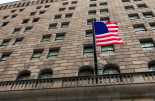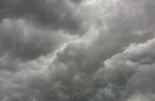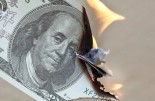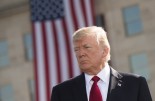DWS: Hawkish bias remains despite progress on inflation

Christian Scherrmann, U.S. Economist at DWS, shares his expectations for this week's Federal Reserve meeting:
'A 25 basis-point hike at the upcoming July meeting seems highly likely. While the ongoing disinflationary progress surely looks 'promising', it would appear that policy makers still want to see some more 'good' data on inflation as well as some further signs that labor market imbalances are abating. Only then would the FOMC seem inclined to shift towards a prolonged 'wait-and-see, data-dependent, higher for longer' mode. Therefore, we also do not expect that Fed officials reverse their clear hawkish stance at the upcoming meeting.'
'Following their recent remarks, and looking at their projections, the 'preferred' bias among U.S. central bankers remains to rather err on the hawkish side than to risk repeating past mistakes of declaring victory too swiftly. The big learning for the Fed out of the 70's remains that you should not give-in on early signs of a moderating inflation. And since the disinflationary process until now was partly driven by favorable base-effects, the real work to get inflation back to 2% might be still ahead of us. We think a resolute approach of standing firm on rigid inflation not necessarily implies that central banker must overshoot on rates.'
'A credible hawkish forward guidance could support efficiently imposing monetary tightness on the economy. That might be the better strategy, not least when factoring in the costs of getting it wrong. So indeed, we could see the last rate hike in this cycle, but any dovish pivot seems far out. This gains importance as it seems like markets might be a bit over-optimistic on recent 'good' inflation news. We would also like to highlight the fact that keeping rates steady while economic variables moderate always implies monetary policy getting tighter automatically. Looking ahead, this should also lift the pressure off the Fed to do more on the rates front at the remaining meetings this year.'







